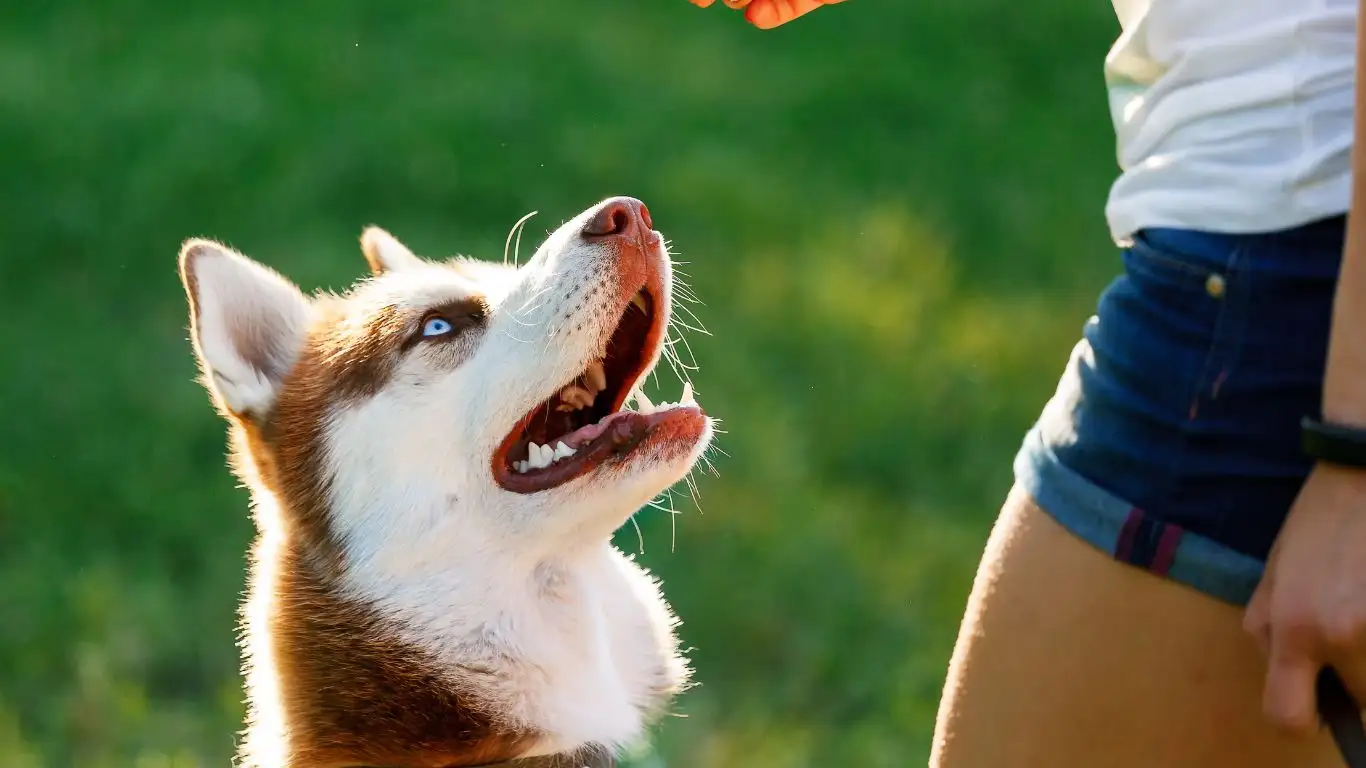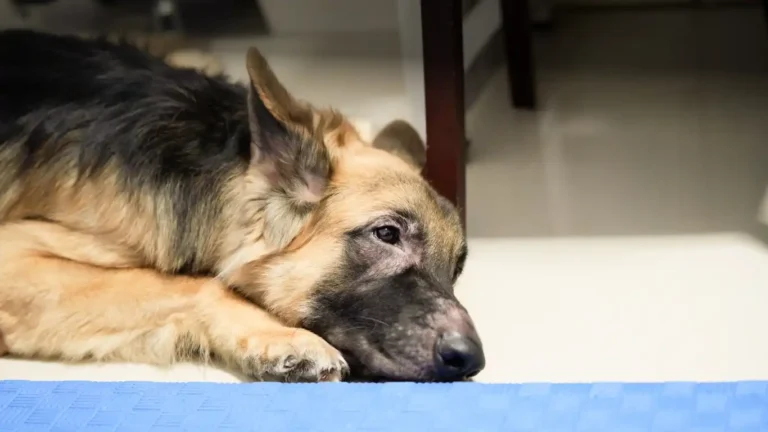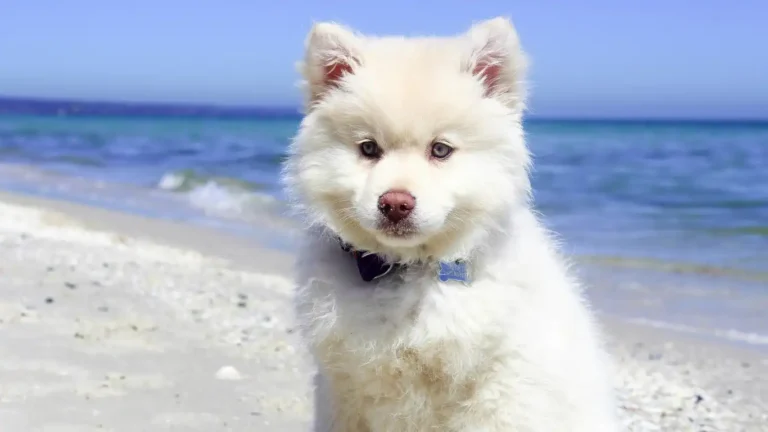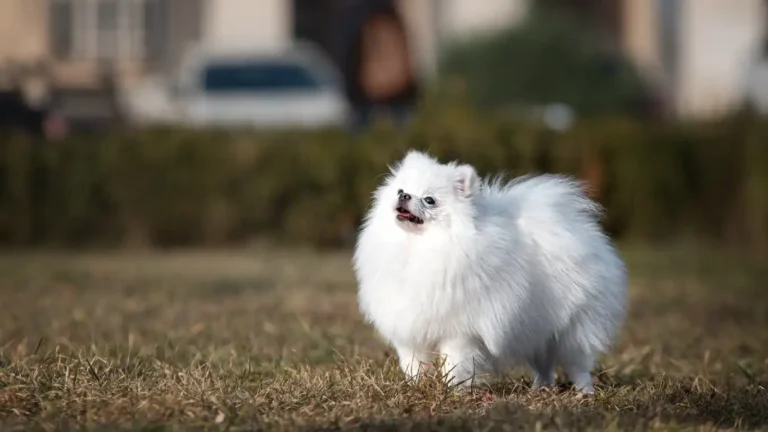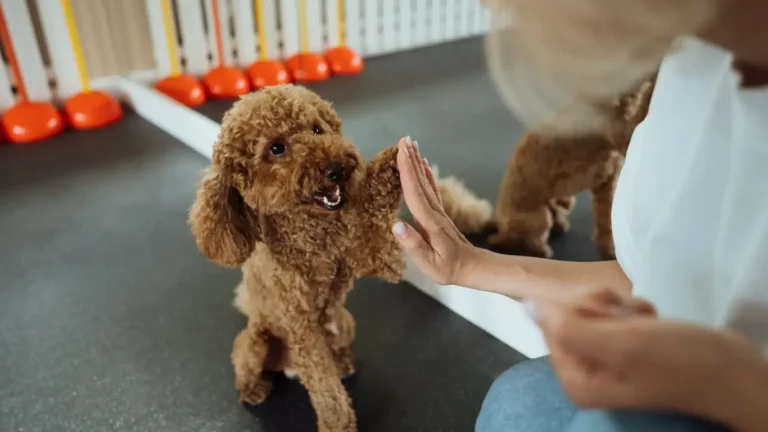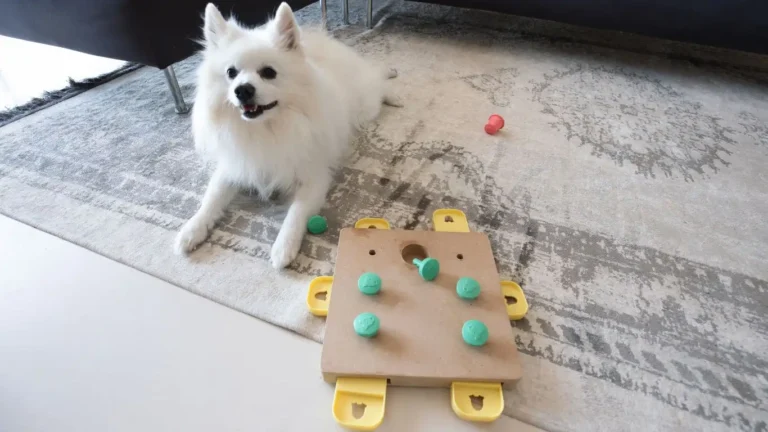Master the Outdoors: How to Train a Dog to Behave on a Camping Trip
Heading out into the wild with your four-legged best friend? Let me tell you, there’s nothing like watching your pup explore a forest trail, nose to the ground and tail wagging like crazy. But here’s the thing—if you don’t know how to train a dog to behave on a camping trip, that peaceful getaway can quickly turn into a chaos-fueled chase through the underbrush. Trust me, I’ve seen it happen more than once during my years working as a Canine-Assisted Therapy Trainer. From tangled leashes to loud barking at night, the list of what can go wrong is longer than your weekend packing list. But with some good prep and a bit of patience, your dog can be the perfect campsite companion.
Why Training Your Dog for Camping is Totally Worth It
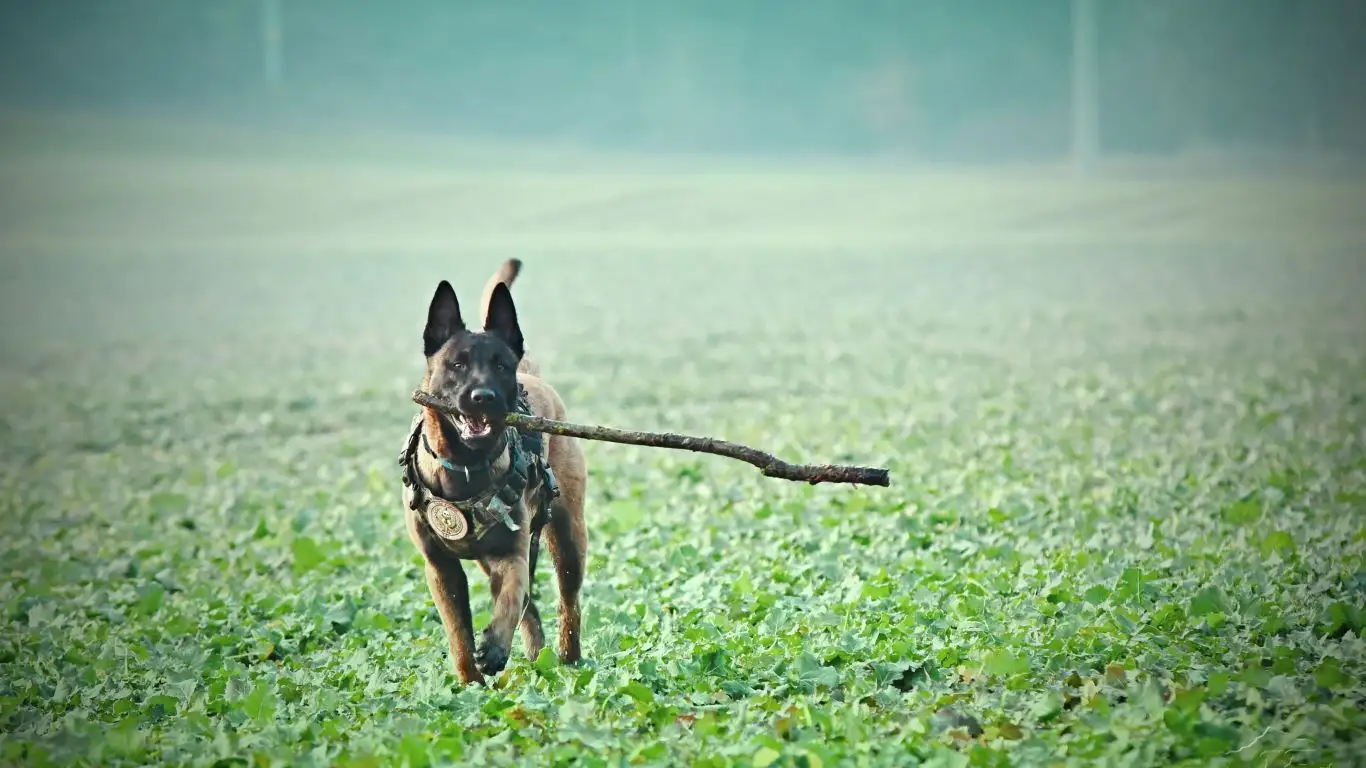
Let’s start with the obvious—being outdoors with your pup is supposed to be fun. But fun turns stressful fast if your dog is bolting after every squirrel or barking at every rustle in the woods. The key to a chill trip? Making sure your dog knows how to handle the sights, sounds, and smells of nature without going off the rails.
From my hands-on experience with therapy dogs (who often have to remain composed in all kinds of unpredictable environments), I can tell you that the same principles apply to camp trips. Dogs need clear guidance, lots of exposure beforehand, and—yep—consistent training to keep their behavior in check.
Benefits of a Well-Trained Camping Dog
- Peaceful downtime: Your pup can chill around the fire without constant supervision.
- Safety first: A well-trained dog won’t dart into traffic or chase wildlife.
- Less stress: You won’t spend your trip yelling commands or reining in chaos.
- More freedom: A dog that listens gets to explore more—on leash or even off-leash in permitted areas.
Start Training Before You Ever Leave the Driveway

One mistake I see over and over again? People think they can just wing it at the campsite. Nope. You want to train your dog to behave on a camping trip way before you actually go. You’re building up to the big adventure, not tossing your pup into the deep end.
Practice Makes Progress
- Leash Manners: Start by mastering loose-leash walking in your neighborhood. Campsites are full of distractions—kids on bikes, other dogs, random chipmunks—so your dog needs to respond to leash cues reliably.
- Settle Command: This one’s a game changer. Teach your dog a solid “settle” or “place” cue where they can relax on a mat or towel. Practice this in your yard with increasing distractions.
- Recall Skills: Nothing’s scarier than a dog off-leash in the woods who won’t come back. Practice recall every day. Use a long lead if you’re not 100% confident yet.
- Desensitize to Sounds: Play recordings of campfire crackles, tent zippers, or even howling wind during training sessions. Pair these with treats and praise so your dog builds positive associations.
Pack Smart: Gear That Supports Good Behavior
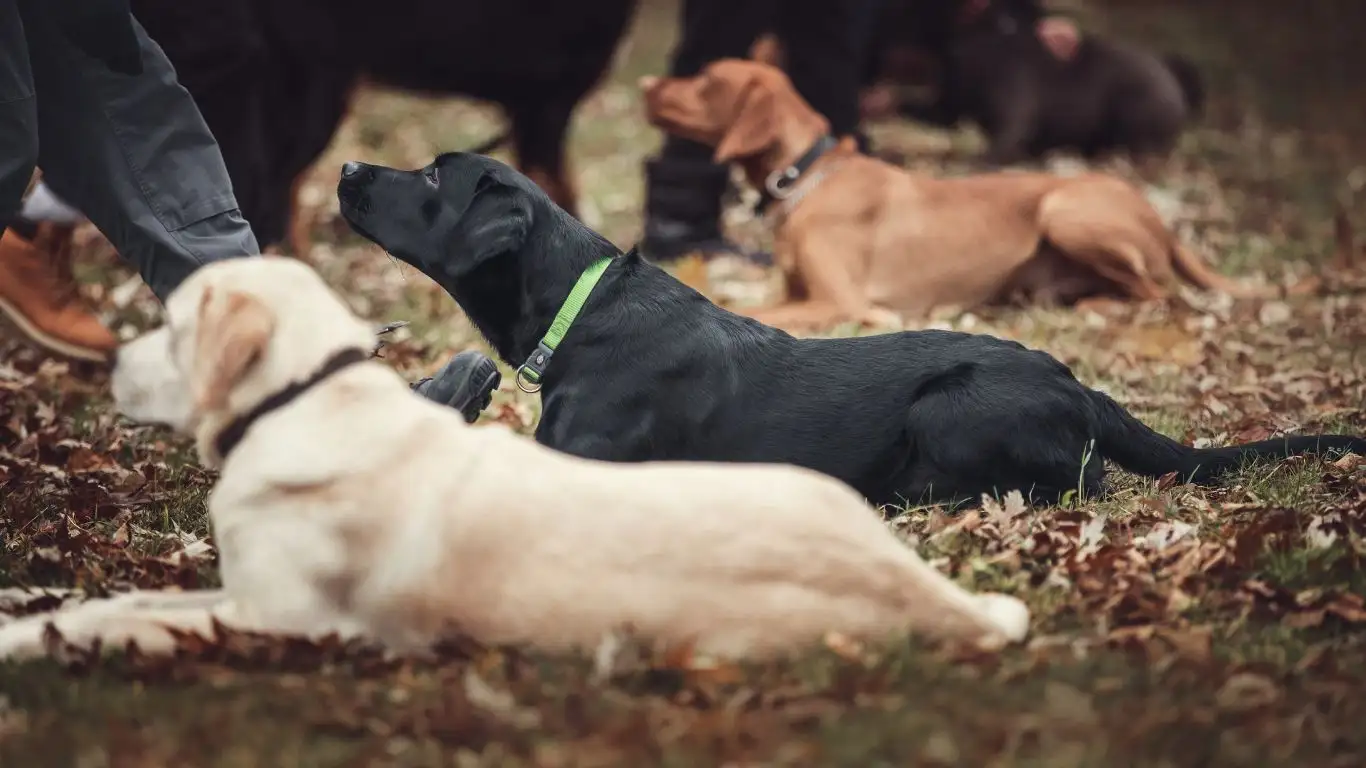
Training isn’t just about commands—it’s about setting your dog up for success. Having the right gear can make a huge difference in how your dog behaves out there. I always tell my clients: if you don’t bring it, you can’t use it when you need it.
Must-Have Items for Training on the Go
- Long Training Leash: Great for practicing recall without the risk of your dog disappearing into the trees.
- Portable Mat or Place Bed: Essential for reinforcing that “settle” command at the campsite.
- High-Value Treats: I’m talking cheese cubes, hot dogs, freeze-dried liver—whatever makes your dog light up.
- Harness with ID Tags: For both control and safety, especially if your dog slips a collar when excited.
- Travel Water Bowl: Hydrated dogs are calmer dogs—plus it’s just humane.
Over the years, I’ve watched even the most high-energy dogs transform into amazing adventure buddies with just a bit of structured prep. They don’t have to be perfect—they just need to understand the rules of the trail. And really, it’s all about helping them feel safe and confident, just like we do with therapy work. The woods can be full of surprises, but a well-prepared dog? That’s the real trail magic.
Campground Etiquette: Teaching Your Dog to Be a Respectful Guest
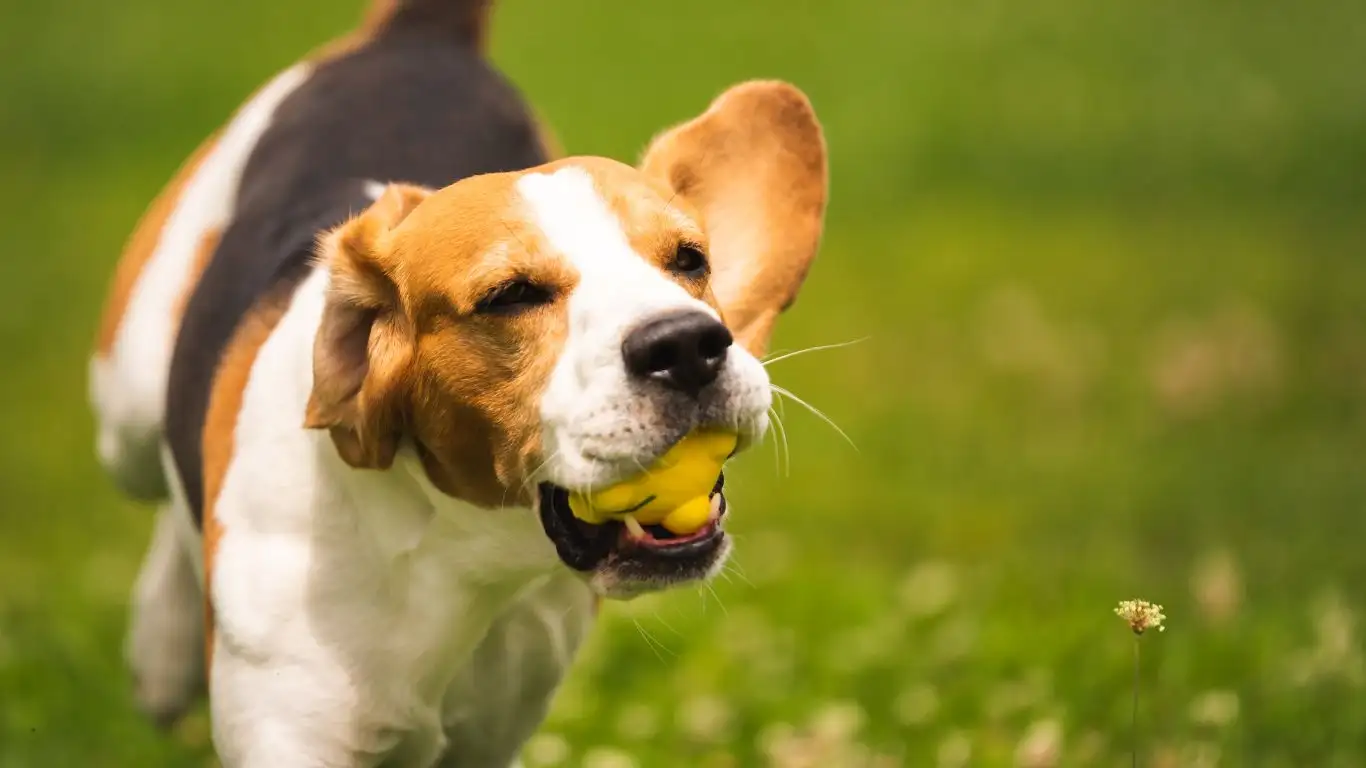
Alright, so now that your pup is prepped with some solid basics, let’s talk about something a lot of folks overlook—campground manners. Teaching your dog to behave politely around strangers, fellow campers, and other dogs is just as important as recall and leash skills. After all, not everyone at the campground is a dog lover (shocking, I know), and you don’t want your buddy’s antics ruining someone else’s peace and quiet.
Back when I was training therapy dogs, one of the biggest lessons we focused on was how to ignore distractions and be calm in public spaces. Same rules apply out in the wild. A dog that knows how to “leave it,” “stay,” or just chill quietly while other campers walk by? That’s golden.
Key Commands for Campground Success
- Leave It: Whether it’s food scraps, squirrels, or someone else’s dog, this command keeps your dog focused on you.
- Quiet: Barking is natural, but constant yapping? Not okay. Practice this cue at home before your trip.
- Stay: Super useful when you’re trying to pitch a tent or make coffee and need your dog to chill.
- Heel: Keeps your pup close when walking through narrow trails or crowded campground paths.
Honestly, the first few times I took one of my therapy-trained dogs on a camping trip, I still had to give reminders constantly. But just like with people, dogs get better with practice and exposure. Repetition builds confidence—and calm behavior follows naturally.
Managing Reactive Dogs in Nature
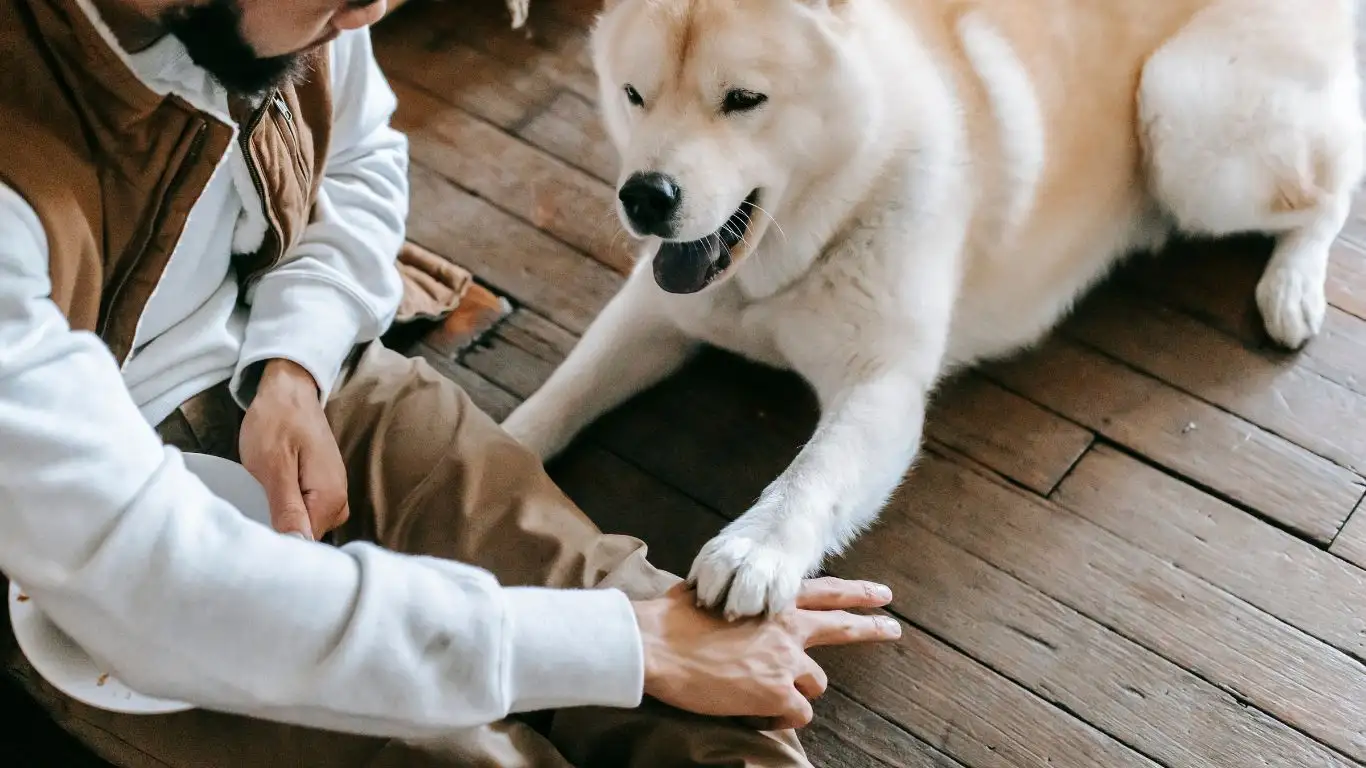
If your dog tends to be reactive—whether it’s barking, lunging, or just getting overexcited—you’re not alone. Nature is full of triggers: animals, strangers, unfamiliar smells. The good news? You can still enjoy a camping trip together with some smart planning and a little extra patience.
Strategies for a Calmer Experience
- Distance is your friend: Set up camp away from main trails or high-traffic areas if you can. Give your dog room to decompress.
- Have an exit plan: Always bring a long line or leash with a handle loop. If a situation gets too overwhelming, guide your dog away and reset.
- Use positive reinforcement: Reward calm behavior the moment it happens. Carry a treat pouch and don’t be stingy with praise.
- Watch body language: Ears back, lip licking, stiff posture—these are early signs of stress. Intervene before it escalates.
I once worked with a reactive shepherd who had a hard time even seeing a squirrel without losing his mind. We trained for weeks leading up to his first trip, starting with backyard exposure and slowly building up. By the time we camped, he could watch a raccoon walk by without even standing up. It takes work, but the payoff is incredible.
Nighttime Behavior: Keeping Things Calm After Dark
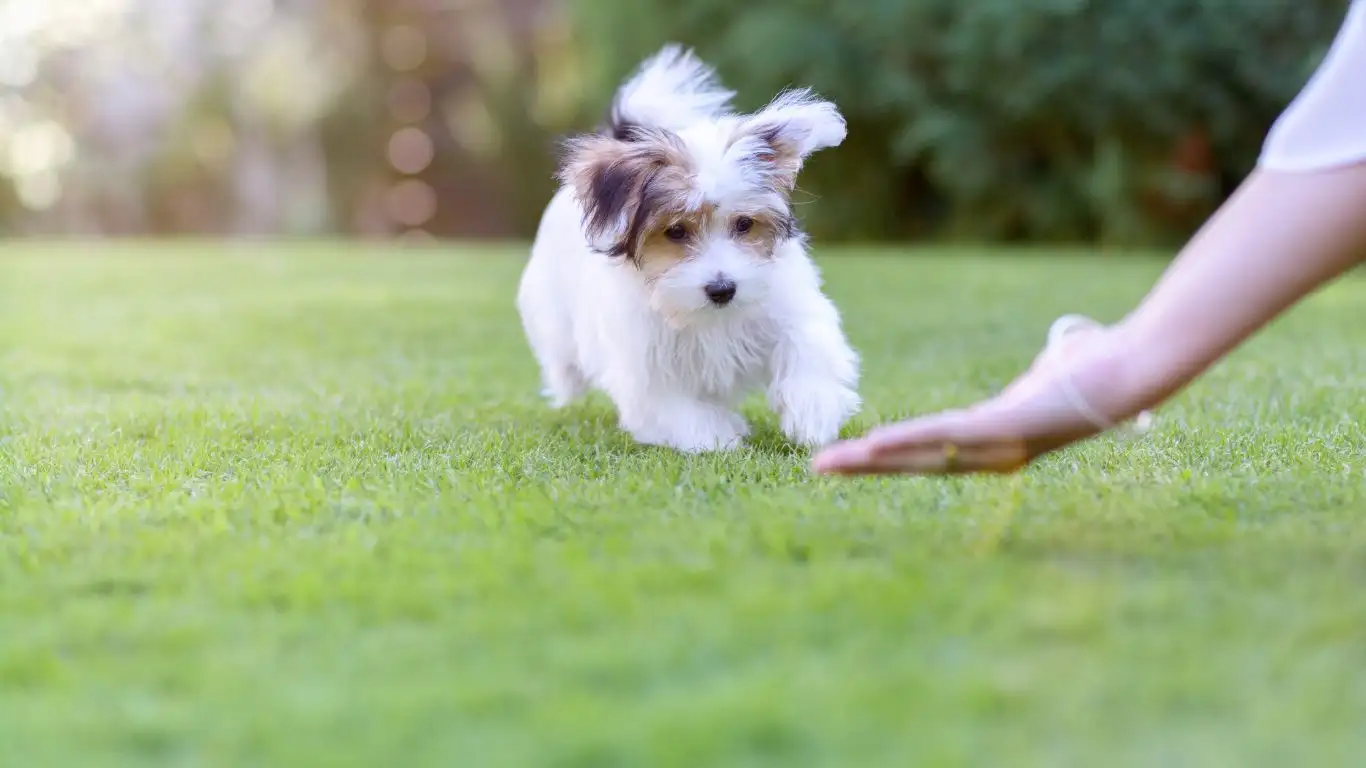
Nights in the woods are magical—but for some dogs, they’re downright spooky. New sounds, strange smells, wildlife noises… it’s sensory overload. If your dog isn’t used to the dark or being in a tent, that first night can be rough. I’ve had dogs whine for hours or even pace the tent until sunrise the first time out.
Tips for Smooth Overnights
- Bring a familiar item: A blanket or bed that smells like home can help your dog relax.
- Crate if needed: Some dogs feel safer in a crate at night—especially if they’re already crate-trained.
- Stick to routine: Try to feed, walk, and settle your dog at the same times you do at home.
- Use white noise: A small battery-powered fan or white noise machine can mask strange outdoor sounds.
- Bathroom breaks: Make sure your pup relieves themselves right before bed to avoid overnight wake-ups.
And yes, cuddling is totally allowed. Many dogs sleep better when they’re close to their person. I can’t count how many times I’ve had a 60-pound lab curled up in my sleeping bag, snoring like a freight train—but hey, if it keeps them calm, I’ll take it.
Being intentional about nighttime training ahead of time—like having mock sleepovers in the tent in your living room or backyard—really makes a difference. It’s all about building trust and showing your dog, “Hey, this is safe. We’re good.”
Building Positive Associations with the Outdoors
Probably the biggest training “secret” I can share? Make the outdoors feel rewarding. Every moment your dog stays calm, listens, or checks in with you should feel like a win. You’re not just managing behavior—you’re shaping how they feel about the whole experience. That’s what makes the difference between a reactive dog and one who thrives on the trail.
From my background in therapy work, we always focused on emotional confidence. Dogs that feel safe and connected to their person are less likely to freak out when things get unpredictable. And that’s exactly what you want on a camping trip.
Final Touches: Ensuring a Safe and Enjoyable Camping Experience
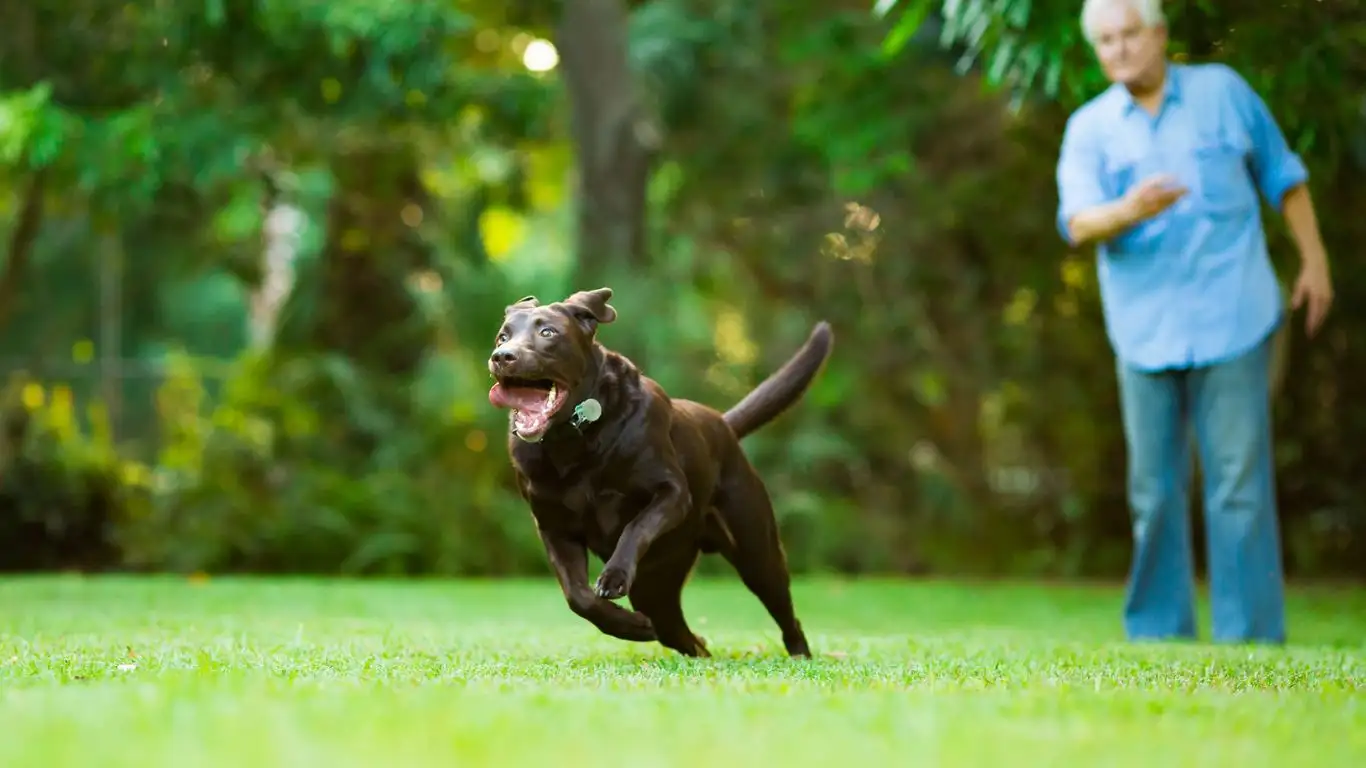
By now, you’ve laid the groundwork for a successful camping trip with your dog. But before you hit the road, there are a few more things to consider to ensure both you and your pup have a safe and enjoyable experience.
Health and Safety Precautions
- First Aid Kit: Always pack a canine-specific first aid kit. Include items like bandages, antiseptic wipes, tweezers, and any medications your dog may need.
- Hydration: Bring plenty of fresh water and a collapsible bowl. Avoid letting your dog drink from stagnant water sources, which can harbor harmful bacteria.
- Tick and Flea Prevention: Use vet-recommended preventatives and check your dog daily for ticks, especially after hikes through wooded areas. AKC
- Identification: Ensure your dog wears a collar with up-to-date ID tags. Microchipping is also highly recommended.
During one of my early camping trips, I neglected to check my dog for ticks after a day in the woods. The next morning, I found several attached to her skin. Since then, a thorough nightly check has become a non-negotiable part of our routine.
Training Reinforcement in Real-Time
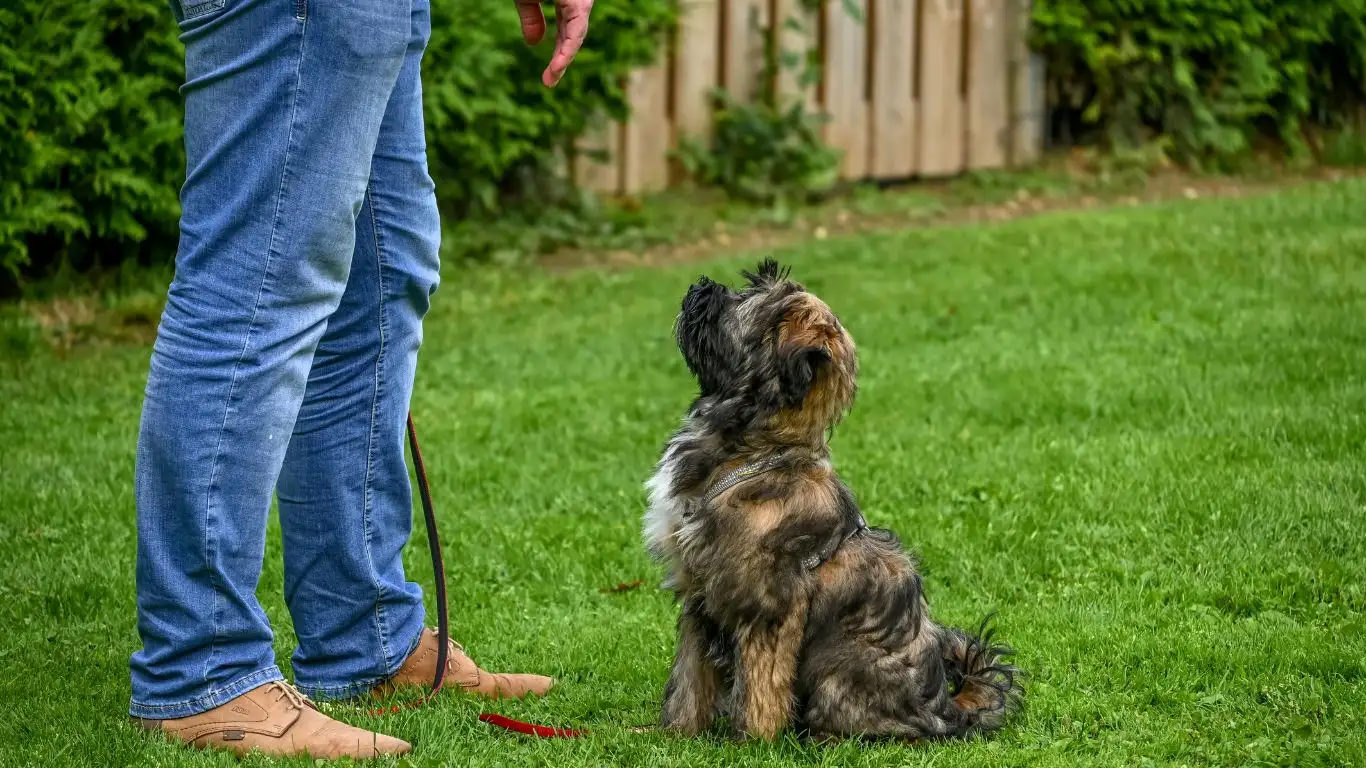
Even with extensive preparation, the real test comes during the trip itself. Use every opportunity to reinforce the training you’ve done at home.
Consistent Commands and Positive Reinforcement
- Stay Consistent: Use the same commands you’ve practiced. Consistency helps your dog understand expectations, even in new environments.
- Reward Good Behavior: Keep treats handy to reward your dog for following commands, staying calm around distractions, and exhibiting good manners.
- Manage Setbacks: If your dog struggles with a command, take a step back and practice in a less distracting area before trying again.
Remember, patience is key. During a particularly challenging trip, my dog was overwhelmed by the new sights and sounds. We took a break, found a quiet spot, and practiced basic commands until she regained her composure. It’s okay to slow down and adjust your plans based on your dog’s comfort level.
Post-Trip Reflection and Continued Training
After returning home, take time to reflect on the trip. What went well? What could be improved? Use these insights to guide future training sessions.
Assess and Adapt
- Identify Challenges: Did your dog struggle with any specific situations? Focus on these areas in your ongoing training.
- Celebrate Successes: Acknowledge and reward the progress your dog made during the trip.
- Plan for the Future: Use your experiences to better prepare for your next adventure.
Each camping trip is a learning opportunity for both you and your dog. With each experience, you’ll build a stronger bond and a more confident camping companion.
References
- Camping With Dogs: A Guide to Keeping Your Dogs Comfortable – American Kennel Club
- Camping With Your Dog – Summit Dog Training
- The Ultimate Guide To Camping With Your Dog – KOA Camping Blog
Disclaimer
This article is intended for informational purposes only and does not constitute professional veterinary or training advice. Always consult with a qualified veterinarian or certified dog trainer for personalized guidance tailored to your dog’s specific needs and health conditions.
